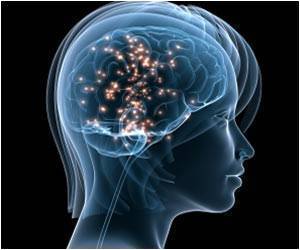In emergency rooms the use of CT scans increased 300 percent in 12 years, finds study.

"This means that by 2007, 1 in 7 ED patients got a CT scan," says first author Keith Kocher, M.D., M.P.H., a clinical lecturer in U-M Department of Emergency Medicine. "It also means that about 25 percent of all the CT scans done in the United States are performed in the ED."
Using data from the National Hospital Ambulatory Medical Care Survey, compiled by the Centers for Disease Control, the researchers reviewed 1.29 billion weighted records of emergency visits between 1996 and 2007, 97.1 million of which included patients who received a CT scan. Their findings were published online ahead of print publication in the Annals of Emergency Medicine and highlighted as a featured article.
The study doesn't provide the reasons why CT use increased over time -- but "it does make one wonder," Kocher notes.
"There are risks to overuse of CT scans, because each scan involves radiation -- so if they're done for marginal reasons you have to question why," Kocher says. "For example, patients who complained of flank pain (pain in the side) had an almost 1 in 2 chance of getting a CT scan by the end of the study period. Usually most physicians are doing that to look for a kidney stone, but it's not clear if it's necessary to use a CT scan for that purpose."
He adds, "Also, during the study period, ED visits increased by about 30 percent, while CT use increased 330 percent, meaning the rate of CT use grew 11 times faster than the rate of ED visits."
Advertisement
For all of the 20 most common reasons patients came to the ER for treatment, the study found that CT use increased during the study period. However, CT use was particularly high for the following complaints, with at least 25 percent of all patients receiving a scan by 2007:
Advertisement
- impairments of nerve, spinal cord or brain function
- flank pain
- convulsions
- vertigo, dizziness or light-headedness
- headache
- abdominal pain
- general weakness
The number of emergency patients receiving CT scans increased the most from 1996 to 2007 among patients with abdominal pain, flank pain, chest pain and shortness of breath. Rates of CT use rose most dramatically among older adults.
"I think a lot of the increase is related to changes in how doctors practice medicine and the availability of CT scanners," Kocher says. "They provide lots of information quickly and so doctors and patients see CTs as a means of arriving at diagnoses efficiently and conveniently. Couple that with the fact that CT scanners are commonly housed in or near the ED itself, and the barriers to getting the test done are lower than in the past."
Source-Eurekalert











